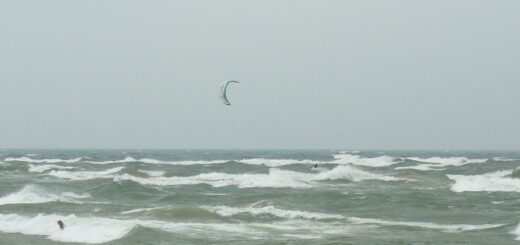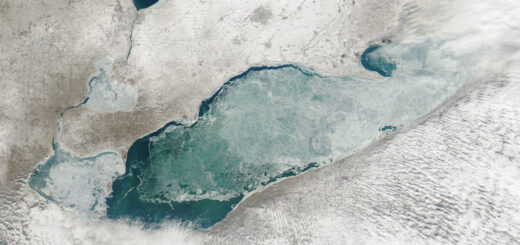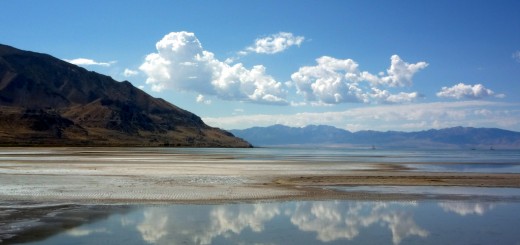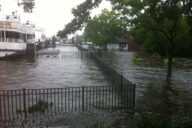Exposed Salts Spell High Albedo For Russia’s Lake Elton
0Russia’s Lake Elton is one of the largest and saltiest inland lakes in Europe. But it is probably better known for its reflective properties, according to a release from NASA’s Earth Observatory.
This reflectance is called albedo, essentially the proportion of sunlight an object receives related to the amount of sunlight it reflects back. And Lake Elton has an almost unreal level of albedo, as seen in this satellite photo from August 2014:

Lake Elton as seen from space in August 2014. (Credit: NASA Earth Observatory, Landsat 8)
A team of researchers looked into Lake Elton’s reflectance in 2012 by analyzing ten years of daily satellite images of the lake. When it is at its shallowest point of the year, typically in late summer and fall, the team found that’s when Elton has its highest albedo.
A few factors appear to contribute to the lake’s reflectance at that annual time: rain storms are less common during early fall, which leaves salt minerals exposed; and reduced rains spell a decrease for sediment levels.

Salt pan on Lake Elton. (Credit: Wikimedia Commons User Vissarion via Public Domain)
It’s useful to note that albedo is measured on a scale of 0 to 1, with a score closer to 0 indicating less albedo. In 2005, the study’s authors noted that Lake Elton’s albedo changed dramatically – from 0.14 in 2004 to 0.40 in 2009 – most likely due to the installation of new dams around the lake and sediment reductions they brought.













